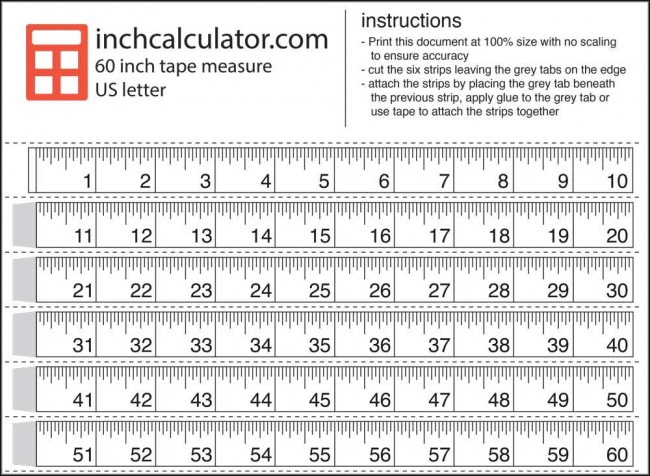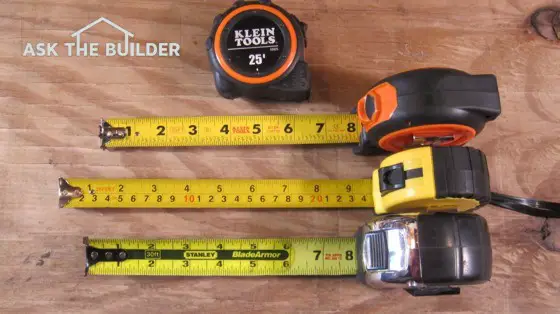
- Standard error measurement tape measure drivers#
- Standard error measurement tape measure driver#
- Standard error measurement tape measure trial#
4.1 Error In Pull Correction Due to Error in Pull.3.7 Reduction to Mean Sea Level (M.S.L.).3 Correction for Measuring Tape Measurement.
Standard error measurement tape measure drivers#
When operating a vehicle, drivers are obligated to comply with the traffic rules outlined in this particular category.
Standard error measurement tape measure driver#
Its primary objective is to cater to the needs of the driver and the vehicle, ensuring factors like safety, comfort, efficiency, and more are adequately addressed.

The correction is positive if the measured distance is below MSL. The correction is negative if the measured distance is above MSL.

As ‘h’ is very small compared to ‘R’, it can be neglected.

The value of ‘R’ is approximately 6370 km. Note : If L1 = L2 then Cm = d² / L (-ve) Reduction of Length to Mean Sea Level : Tape Correction for Misalignment (always -ve) : It may be noted that when the pull applied is equal to the normal tension, the pull correction and the sag correction cancel each other and the net correction due to both is zero.
Standard error measurement tape measure trial#
Θ = angle of slope between the end supports (i.e the angle made by the chord with the horizontal)Īs ‘Pn’ occurs on both sides of the above equation, the equation can be solved by trial and error method. If the ends of the ta[e are not at the same level, the sag correction is given by If ‘l’ is the total length of the tape which is suspended in ‘n’ bays of equal length ‘l1’ W = total weight of tape between the supports. The above equation can also be written as : L1 = length of the tape suspended between the supports. When the ends of the tape are at the same level, the sag correction is given by :

Length is always shorter than the curved length. The correction for sag should be applied as the horizontal chord. To = Standard temperature Tape Correction for Sag (Always -ve) :Ī tape is supported at two ends, it takes the shape of a catenary. The correction of pull (Cp) is given by : If the pull applied at the end of the tape during measurement in the field is different from the standard tension at which the tape was calibrated, a correction of pull is required. H = difference in elevations of the end points. Total correction in the measured distance is given as :Ĭs = L – D = L (1 – cos Θ) = 2L sin²Θ / 2 (-) The correction is positive when the actual length is greater than the nominal length and vice versa. The tape corrections used in surveying are as follows :


 0 kommentar(er)
0 kommentar(er)
